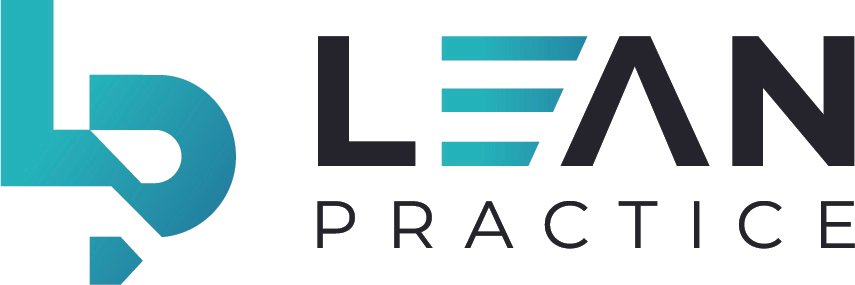A Relay Race to a Game of Rugby
Over the last year I have seen more and more people get bogged down by heavy workloads. Often buckling under the pressure, or sacrificing other areas of their lives. I see many teams with individuals pushing hard and driving performance. Doing the work as fast as they can, passing the work over to the next stage, as they then pick up more work and again push, push, push to get it over the line.
What often happens is that the work is not 100%, slight defects cause inefficiency in the downstream process or worse it gets to the customer. In both cases the person who passed on that work, is head down performing as fast as they can, so unable to give any bandwidth to learn about the problem they caused or to have the time to correct it.
I see this often in improvements. The traditional approach to improvement sees the usual suspects sprint as hard as they can to create an improvement, only for that improvement to be neutralised by the impact up or downstream. The team take the win of the improvement however fail to see the overall effect, they're already focusing on the next big thing.
A new paradigm
When I observe the above happening I relate this to the sprinter in a relay race. The sprinter sprints as hard as he/she can with the work ( the baton), then passes the baton on to the next person who sprints off only to find the work isn't right and the team mate is no longer there
“We need to shift our way of thinking to the game of rugby. I’m running with the ball (the work) and when I pass the ball, I’m staying with the line. Should that work not be right, I’m there. Should the work get dropped, I’m there to pick it up. Should my team mate need encouragement, I’m there.”
Team Sport
Improvement is a team sport. As the need to raise performance and innovation increases, so does the complexity.
Complexity can't be solved by subject matter experts, it needs a range of people with diverse thinking.
To see the problem from every perspective before collaborating on the best solution.
You can't collaborate if you don't act as a team.
A way of working
We help organisations discover new ways of working. We create interconnected system of practices. A set of practices that uses visual management techniques to visualise the workflow/project progress to create Vivid Transparency.
Routines and Rituals that get the right people in the room at the right time to discuss the one truth.
Routines that explore thinking, understanding which generates radical learning.
Learning that creates rapid improvements.
All done with steadfast ownership, a solid support structure, laser like focus, and titanium discipline.
Our practices adopt a looping process, a way to conduct experiments: We Plan (our work in line with our goals), we Do the work (to the best of ability) we Check the work (did we win or did we lose), we Act (we learn, and propose experiments to implement learning). That is one loop, a loop is an improvement cycle. Our system that we call “Cadence” is designed to bring about the cycles with a high frequency with all the team involved. The notion is that the higher frequency of looping at scale across the business will bring a momentum behind performance. Sustaining new levels and freeing people up to innovate to new levels.
Written by Aaron L Penwill
Founder, Managing Director, Lean Practice Ltd.
Photo by James Coleman on Unsplash

